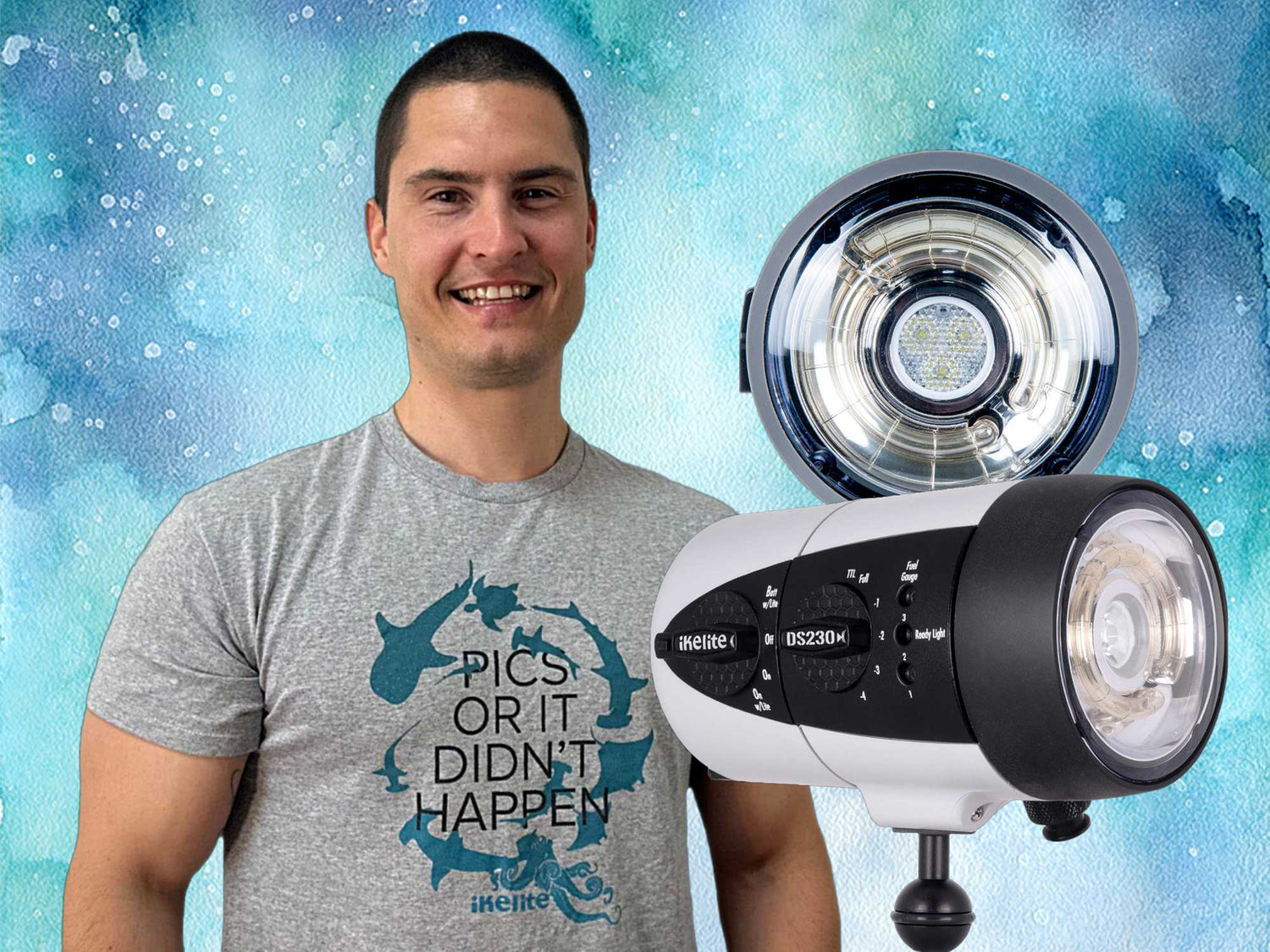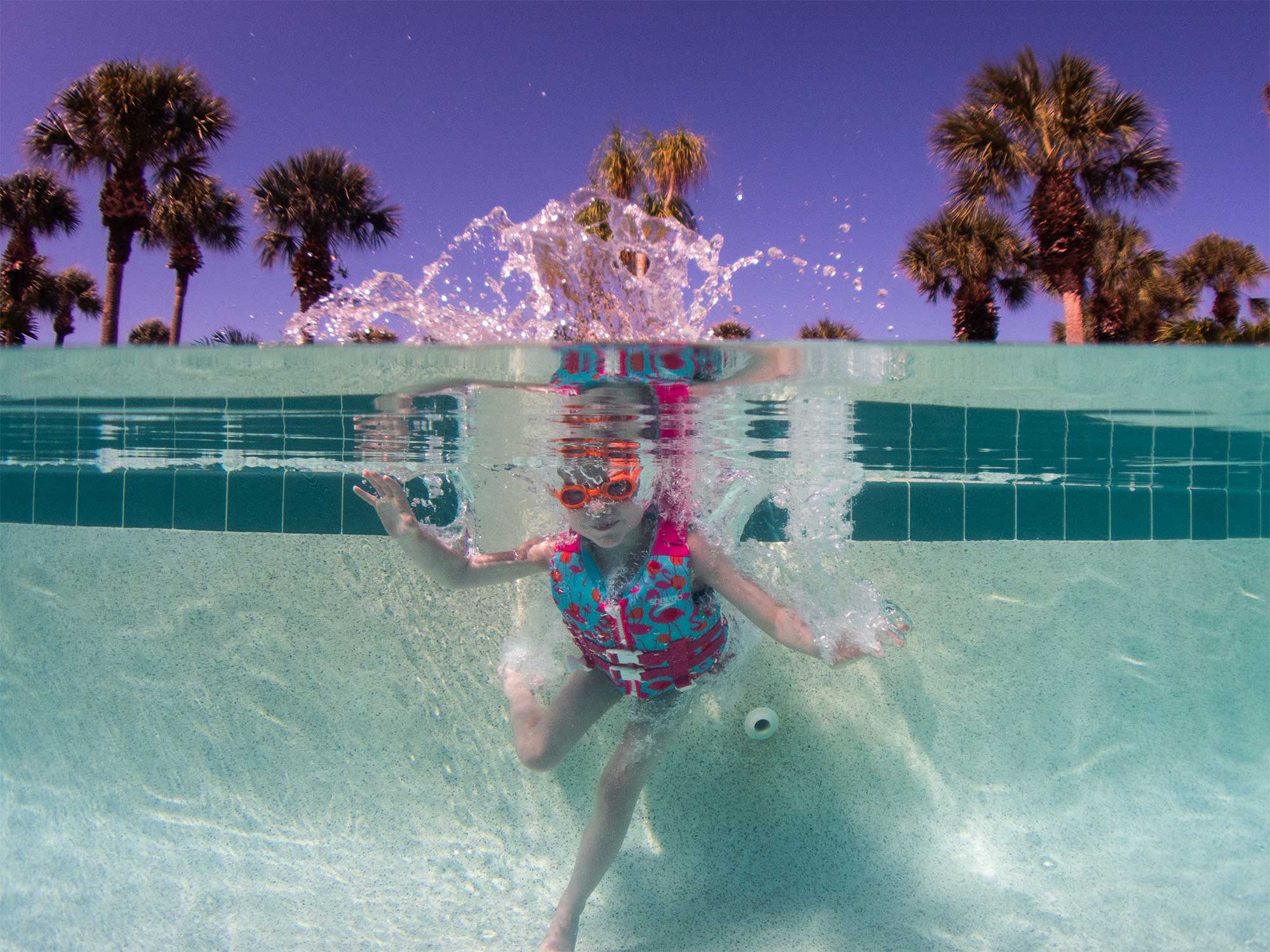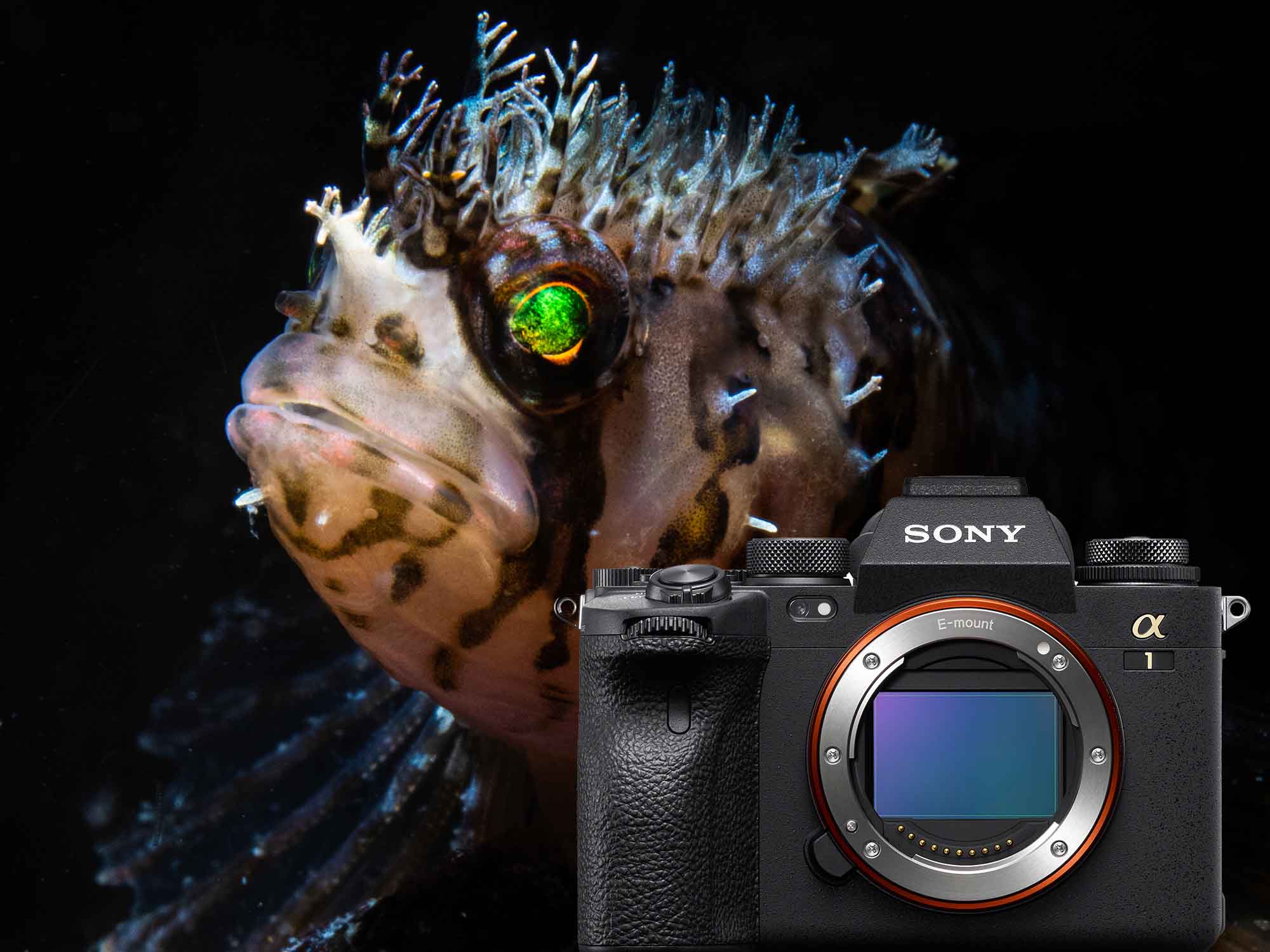By Josh Blank
Ikelite has long been industry leading when it comes to strobe lighting for underwater photography. With their impressive array of lighting options at a variety of price points, its highly likely you have seen Ikelite strobes being used on many dive boats before. For the past few years, I have been shooting the infamous DS160 strobes and to be perfectly honest, I never thought I would find a strobe that I would recommend higher. Then I got my hands on the new DS230’s and after just 5 minutes of photographing sea turtles, I was in love!
Much of my imagery involves photographing close-up animal portraits and I was very excited to test these new strobes as to how they perform when exposing such images. I chose to complete the review at a local turtle hotspot on the east coast of Australia – Cook Island. Here the turtles are always plentiful and extremely relaxed making for fantastic photo opportunities!

f/13 • 1/250 • ISO 640 © 2022 Josh Blank
The Technical Stuff
DS230 Specifications
| Depth Rating | 100 meters |
| Power | 4 to 213 W |
| Beam Angle | 120 degrees without a diffuser |
| Colour Temperature | 5000K |
| Guide Number at 1m (ISO100) | 32 at full power |
| Flashes per Charge | 300 to thousands, depending on power settings |
| Recycle Rate | 0.1 to 1.2 seconds, depending on power settings |
| Weight | 1243 grams (2.7 pounds) |

Modeling Light vs Video Light?
Before going further it’s worth noting that the Ikelite DS230 strobes come in 2 versions each identical to each other except for one particular feature; the type (and strength) of continuous light they offer. One model is slightly more expensive and comes equipped with a 2500-lumen video light whereas the other is a bit cheaper and comes with a 205-lumen modeling light.
My Underwater Camera System
Camera: Nikon D850
Lens: Nikon 8-15mm fisheye
Housing: Ikelite DL housing for Nikon D850
Lens Port: 8-inch dome
Strobes: Dual Ikelite DS230’s with modeling light, connected via electronic sync cord.

The Review
Upon arriving at Cook Island, I was greeted by well over 20 large green sea turtles all of which were behaving perfectly for a photoshoot; some relaxing on the surface while others fed down below. My objective was to test how the DS230 strobes perform when shooting turtle portraits. With this in mind I have separated the review into 4 key categories:
1. Beam angle and quality
2. Colour temperature
3. Recycle rate
4. Power

I was lucky to have some very willing participants to help me review the new strobes! © 2022 Josh Blank
Beam Angle and Quality
Beam angle refers to how wide the light is able to spread from each strobe underwater and is a very important factor when it comes to shooting animal portraits. A wide beam angle, such as the DS230’s 120 degrees (without diffusers), allows you to evenly expose your subject without producing harsh hotspots (concentrated areas of light) or excessive backscatter in your image. It will also allow you to shoot subjects that come extremely close without having to worrying about shadowing in the centre of the image.
I was fortunate to catch the turtles of Cook Island on a very relaxed day and enjoyed endless photo opportunities of them staring into my lens just inches from my dome port. The beam angle and quality of the DS230’s was nothing short of exceptional. With my strobes positioned in close, literally touching the sides of my dome port, I was able to light the turtles in their entirety, enhancing all of their details and textures, while seeing almost zero backscatter in the images. If you have a look at the images I’ve included throughout the review, you will see the strobes produce a soft, even beam resulting in perfect lighting every time.

The wide, soft beam produced by the DS230s made lighting the turtles a breeze. © 2022 Josh Blank
Colour Temperature
The temperature of a strobe refers to the colour of light that is generated in each flash. Ikelite strobes are notorious for producing a beautiful warm light that does a great job at enhancing reds, oranges, and yellows as well as well as enhancing the blues of the ocean in the background, a recipe for spectacular portraits.
The DS230 strobes colour temperature is listed as 5000 Kelvins which I found to be as close to perfect as you could get for these ocean reptiles. The colours were spot-on every single time for both the turtles and also the surrounding environment.

The 5000K colour temperature consistently produced stunning results on the turtles as well as their surroundings. © 2022 Josh Blank
Recycle Rate
The faster a strobe can fire in succession the easier it becomes to capture moving scenes or faster, more agile animals like sharks or dolphins. The DS230 strobes are lightning quick and boast a recycle rate of 0.1 to 1.2 seconds depending on power settings. Since the vast majority of wildlife encounters require only low power, you can expect to never feel limited by these strobes and fire at will to capture that perfect moment.
Sea turtles are not known for their speed; however, I found the DS230’s quick recycle rate very beneficial when it came to capturing some interesting compositions of the reptiles feeding amongst the rocks. I was able to fire multiple, low power flashes, within just a couple of seconds, as they chowed down on their lunch. Not only did they easily keep pace with my shooting speed but also impressively held their strength throughout the entire sequence of images.

The fast recycle rate of the DS230 strobes allowed me to capture interesting compositions such as this feeding turtle. © 2022 Josh Blank
Power
When it comes to choosing an underwater strobe, a good rule of thumb is to get as much power as possible. Simply put, with more power, comes a greater range of images that you will be able to create. Ikelite has managed to increase power in the DS230’s to an impressive 230W! Having such high-powered strobes is useful for a variety of images; shooting directly into the sun is a big one, as well as capturing very large animals or large schools of fish, coral walls, and also more creative images such as blacking out backgrounds or shooting motion blur.
When photographing sea turtles, I almost always have my strobes set to low power as I preference firing speed over strength of light in such instances. With that being said, I was able to test the high-power settings of the strobes as I captured some black background images. These types of images are made by using very fast shutter speeds coupled with extremely narrow apertures and then relying on powerful strobes to light up your subject which in this case was of course a turtle.

The black background in this image was created by using a fast shutter speed and narrow aperture with both DS230 strobes set to high power. © 2022 Josh Blank
In Conclusion
Ikelite’s DS230 strobes have completely blown me away. In addition to the increase in power, rapid speed, and trademark colour temperature, I was most impressed with the overall quality and softness of the light. I found these strobes to be very easy to use when lighting sea turtles and the results were truly remarkable. Whether you’re a keen enthusiast or a professional level photographer looking to add external lighting to your system, the DS230 strobes will well and truly exceed all expectations.

Josh Blank is a diver and underwater photographer based out of the Gold Coast on the east coast of Australia. Through a combination of scuba diving and freediving, Josh is passionate about exploring the open ocean and photographing the larger marine species that inhabit the deep blue. With his photography he hopes to inspire, inform, and instill an interest in the underwater world. Read more...
Want the easy way to improve your underwater photography? Sign up for our weekly newsletter for articles and videos directly in your inbox every Friday:
Additional Reading
Why You Need Strobes Underwater
Up Close and Personal: A Guide to Underwater Animal Portraits
Turtle Photography Underwater Camera Settings
Stop Doing This to Your Strobe Battery Pack! [VIDEO]













